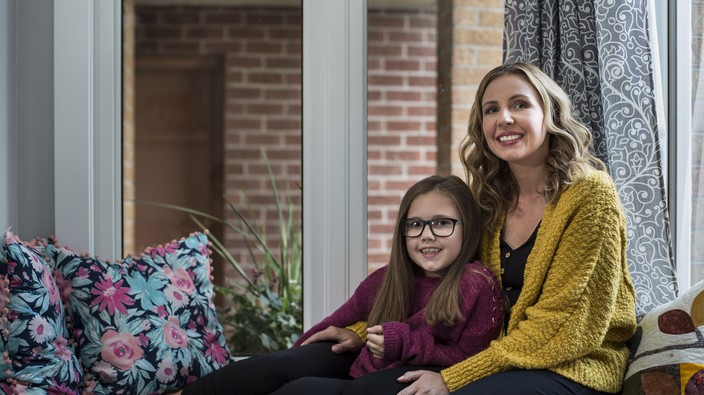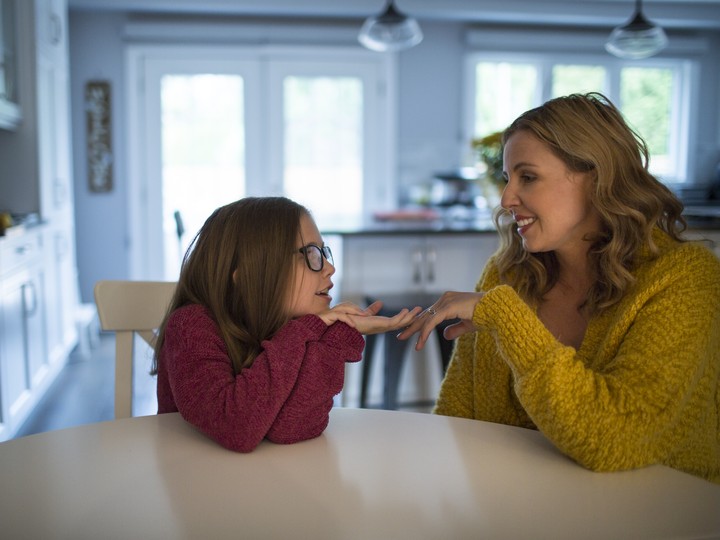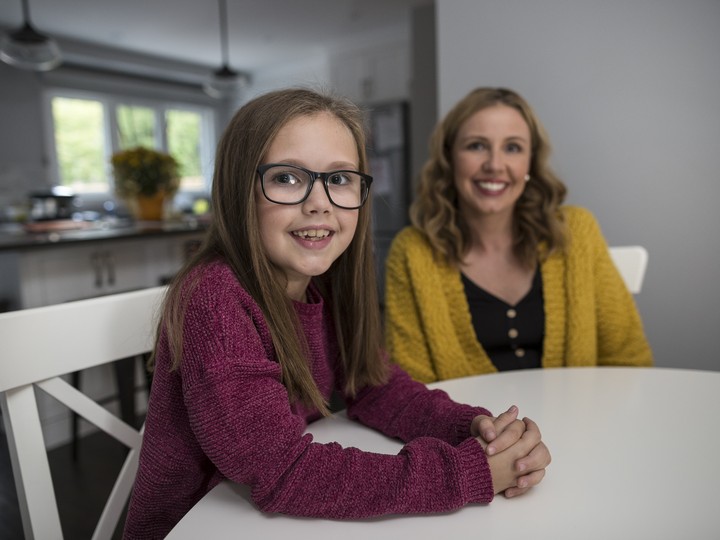managing type 1 diabetes is a team effort
for stefani linse and her 8-year-old daughter ashleigh,...

through raising her daughter, stefani linse has learned that a diabetes diagnosis in a child can be life changing for the entire family.

this story is sponsored by
insulet
this story was created by content works, postmedia’s commercial content division, on behalf of a client.
for stefani linse and her 8-year-old daughter ashleigh, starting a new school year is more complicated than many families experience.at the age of four, ashleigh was diagnosed with type 1 diabetes. since then it’s been a steep learning curve for the family, says linse.a teacher by profession, her only exposure to type 1 diabetes was a boy she had taught 10 years ago. “thinking back i realize i didn’t know enough. i knew that if his blood sugar levels were below five he needed fast sugar. if levels were above 15, i knew the parents had to be notified. what i didn’t know was that these situations could be so life threatening. now as a mother of a child with type 1 diabetes, i understand what a parent would want a teacher to know.”

linse was already on maternity leave with her second child, when ashleigh was first diagnosed, so she extended her leave and pulled ashleigh out of daycare. “i knew there was a lot of learning involved and that it would be a huge task for a daycare facility to take on.”a major concern for linse was sending ashleigh to school. “i was worried whether she would even be able to go to kindergarten. she was having to do finger pokes from six to 10 times a day as well as additional ones through the night.” a game-changer came when ashleigh was able to transition from an insulin pen to omnipod, a compact, waterproof insulin delivery system that does not require tubes.this opened up more opportunities for ashleigh to pursue her passion for dancing and gymnastics, linse says. “she spends 14 hours a week at the dance studio. and when she’s not there, she’s dancing at home. that’s why it was critical that we had a device that wasn’t attached by tubes. we didn’t want to run the risk of kinks getting in the way of insulin delivery during her activities.”through raising her daughter, linse has learned that a diabetes diagnosis in a child can be life changing for the entire family. it’s a constant struggle managing doctors’ appointments, endless blood sugar testing, and keeping pace with all of their three children’s schedules. “it’s constantly on our minds. we worry about her siblings because she requires more attention, and sometimes family plans need to change at the last minute.”now that ashleigh is in primary school, linse sits with ashleigh’s assigned teacher and administration every new school year to go over everything they need to know in order to care for her. “we want to make sure people in her class know everything they need to know and there’s a solid plan in place.”linse also goes into ashleigh’s classroom to speak to the students about type 1 diabetes and help dispel any misconceptions. “the teachers and students have been fabulous in their willingness to learn about ashleigh’s condition and supporting her.”

advertisement
she says it’s important that students understand ashleigh’s condition so they can support her during the day. “it’s the little things they need to know, like why she wears a pod on her arm, why can she have juice or candies on her desk, or why she might be acting differently some days.”throughout the year, linse also communicates via the parents’ blog, providing tidbits about type 1 diabetes.proactive education has made a big impact in how ashleigh talks about her diabetes, and her pod has helped her get comfortable with letting others know about her condition, linse notes. “she doesn’t hide her pod; she wears it proudly. she used to look to me to tell people what was on her arm when they asked. now she’s owning her story and telling people about it.”throughout their challenges the linse family have learned that the impact of type 1 diabetes goes far beyond the patient. “we always say it’s a family disease and not just something ashleigh has. the best part is, ashleigh’s attitude. she’s not letting her diabetes stop her.”this story was created by content works, postmedia’s commercial content division, on behalf of insulet.
 3 minute read
3 minute read
